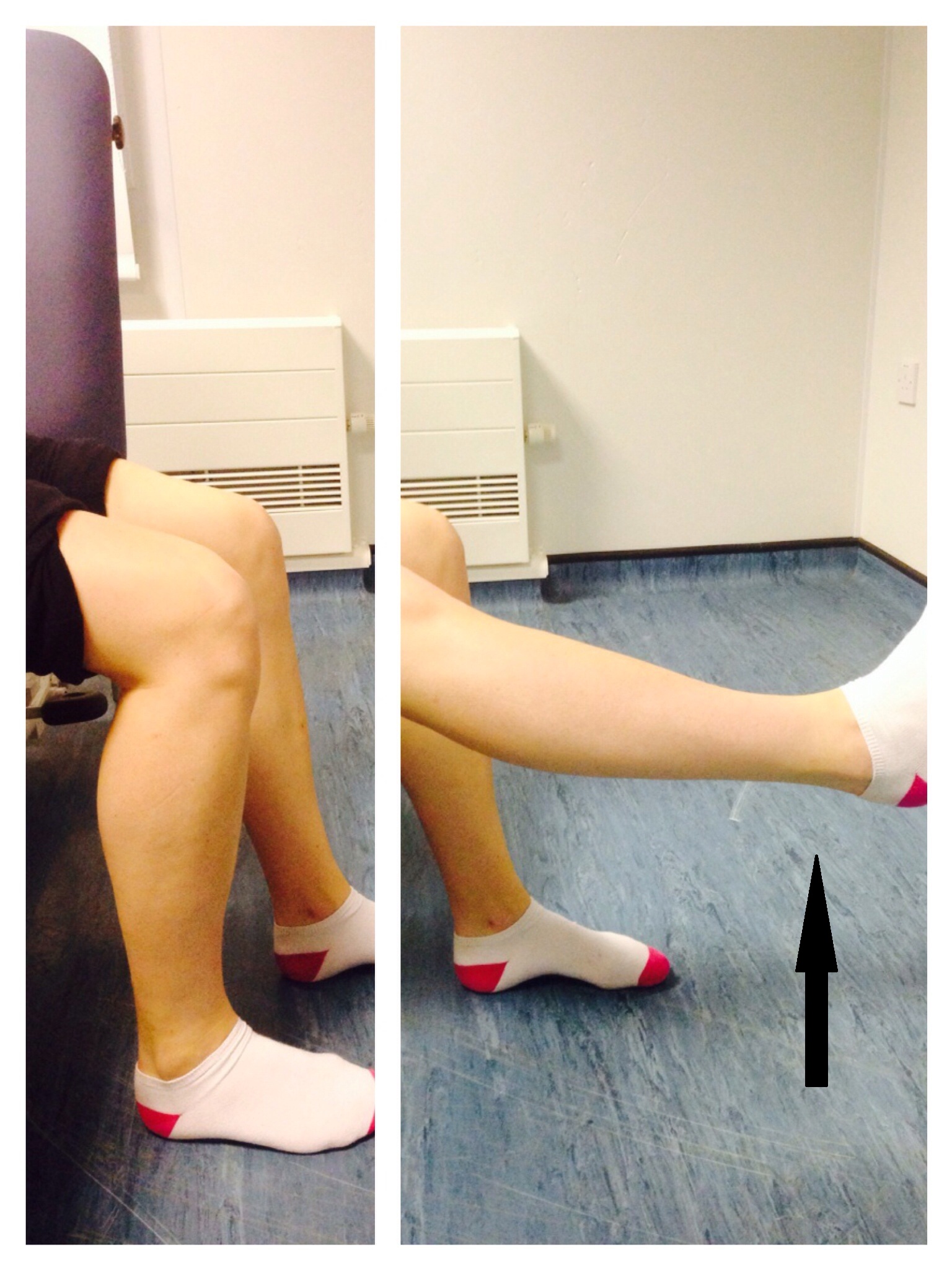

Lumbar spine pathology (e.g., T12-L2 disk herniation, degenerative disease) Radiography, magnetic resonance arthrography Hip pain with log roll or Patrick (FABER) test Hip pain with exercise recent trauma or overuse Joint aspiration and irrigation, antibiotics Radiography, complete blood count, erythrocyte sedimentation rate, joint aspiration Severe pain with recent onset, difficulty moving the hip, recent surgery, intravenous drug use Hernia palpated in inguinal or femoral canal Radiography, CT (hip, pelvis, or lumbar spine, depending on suspected location) Soft tissue mass near hip (e.g., sarcoma), pelvic mass, lumbar radiculopathy (if lumbar tumor) Physical therapy, corticosteroid injection arthroscopic debridement if refractoryįever, night sweats, night pain, weight loss, history of cancer Usually none MRI or ultrasonography can confirm Tender bursa over greater trochanter or iliopsoas tendon may accompany intra-articular hip pathology Hip pain with exercise or direct pressure Surgery or close observation by an orthopedic surgeon Pain with insidious onset that is worse with weight bearing recent trauma or corticosteroid use Whether arthroscopic treatment prevents or delays osteoarthritis of the hip is unknown. An important goal of arthroscopy is preservation of the hip joint. Treatment often requires arthroscopy, which typically allows patients to resume premorbid physical activities. Radiography, magnetic resonance arthrography, and injection of local anesthetic into the hip joint confirm the diagnosis. The use of flexion, adduction, and internal rotation of the supine hip typically reproduces the pain. Common aggravating activities include prolonged sitting, leaning forward, getting in or out of a car, and pivoting in sports. Patients with hip impingement often report anterolateral hip pain. It injures the labrum and articular cartilage, and can lead to osteoarthritis of the hip if left untreated. Hip impingement is increasingly recognized as a common etiology of hip pain in athletes, adolescents, and adults. If they aren't level, one of your hip flexors is more than likely tight, causing the imbalance.Femoroacetabular impingement, also known as hip impingement, is the abutment of the acetabular rim and the proximal femur. You can also straighten your legs and have someone look at the bones on the inside of your ankles to see if they're level. If so, then your QL is tight on the higher side," explains Dr.

"I would say the easiest way to check your pelvis is to lie on the floor with your legs bent, put your hands on top of your pelvis and try to feel if one is higher than the other. Depending on how in-tune you are with your body, you may also feel like one leg is longer than the other (this is caused by the shift of the pelvis), says Dr. Oftentimes you'll have an inclination that your hips or pelvis have shifted if you're experiencing pain at the SI joint.
#Hip pain when rotating leg outward how to
How to tell if your hips or pelvis have shifted positions The good news is, it's possible to fix this shift and get them back in the optimal position. They've simply temporarily shifted into a different position, says Dr. Marko, leading to lower back or lumbar spine pain and nerve pain down the leg.įor those who tend to go from zero to 100 when it comes to diagnosing pain, there's no need to worry, your joints aren't dislocated. Similar to what happens when the hip flexors get tight and shorten, this can pull your pelvis up, says Dr. But it can often become tight and get stuck in a shortened position. Marko, this muscle is the powerhouse of the body and helps stabilize the lumbar spine, in addition to helping the pelvis and hip move during activities such as walking. Marko.Īnother muscle that can contribute to a shift of the pelvis or hips is the QL. "It is here that one might start to feel pain and possibly some nerve pain down their leg manifested in feeling a tingle or numbness," explains Dr. If you place your hands on your hips and press your thumbs into the area below your vertebrae and above your tailbone, you'll feel your SI joint. Because this tilt takes your spine out of a neutral position, the tension tends to pull on the joints of your pelvis, typically at the sacroiliac joint, commonly referred to as the SI joint.


 0 kommentar(er)
0 kommentar(er)
